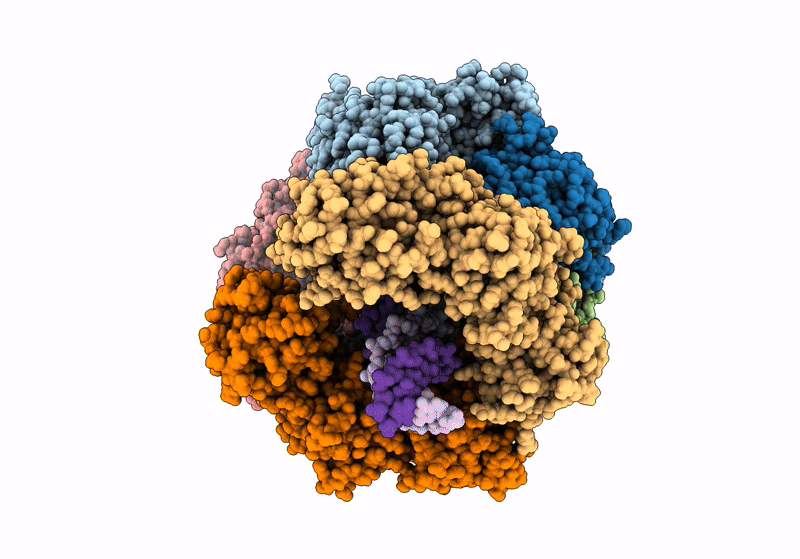
Deposition Date
2023-03-14
Release Date
2024-03-27
Last Version Date
2024-10-16
Entry Detail
PDB ID:
8GJ1
Keywords:
Title:
E. coli clamp loader with open clamp on primed template DNA (form 2)
Biological Source:
Source Organism:
Escherichia coli K-12 (Taxon ID: 83333)
Escherichia coli (Taxon ID: 562)
Escherichia coli (Taxon ID: 562)
Host Organism:
Method Details:
Experimental Method:
Resolution:
3.00 Å
Aggregation State:
PARTICLE
Reconstruction Method:
SINGLE PARTICLE


